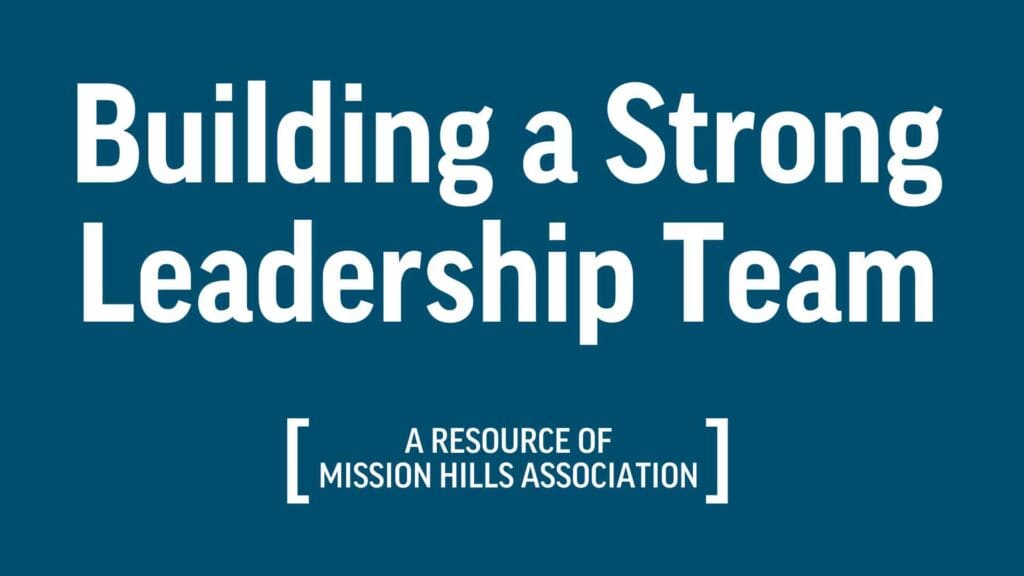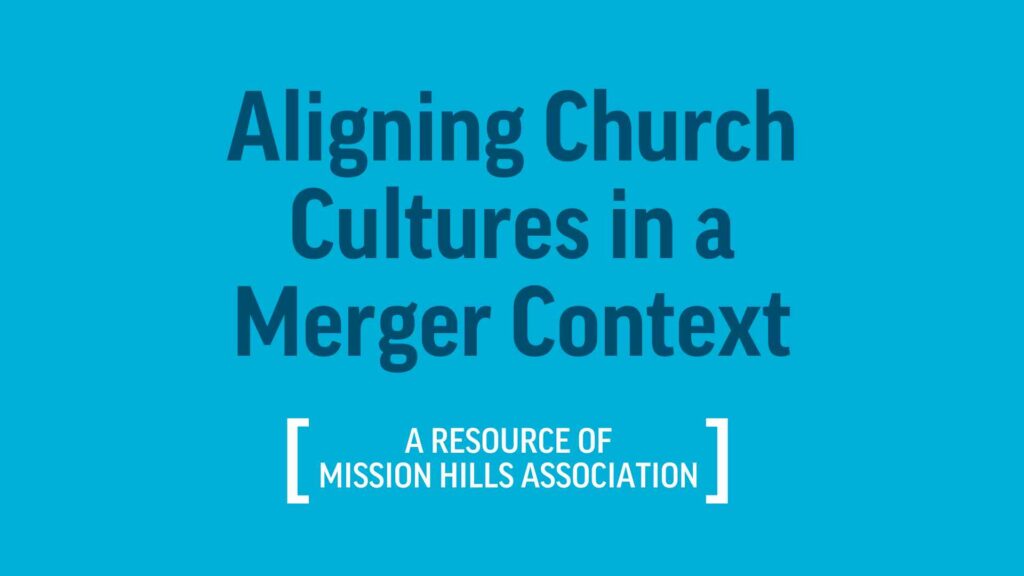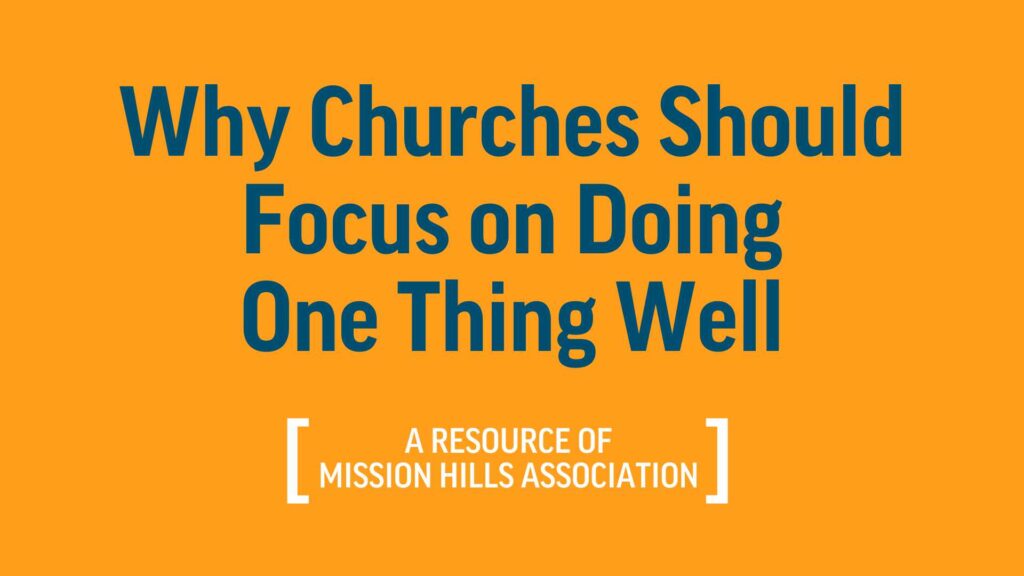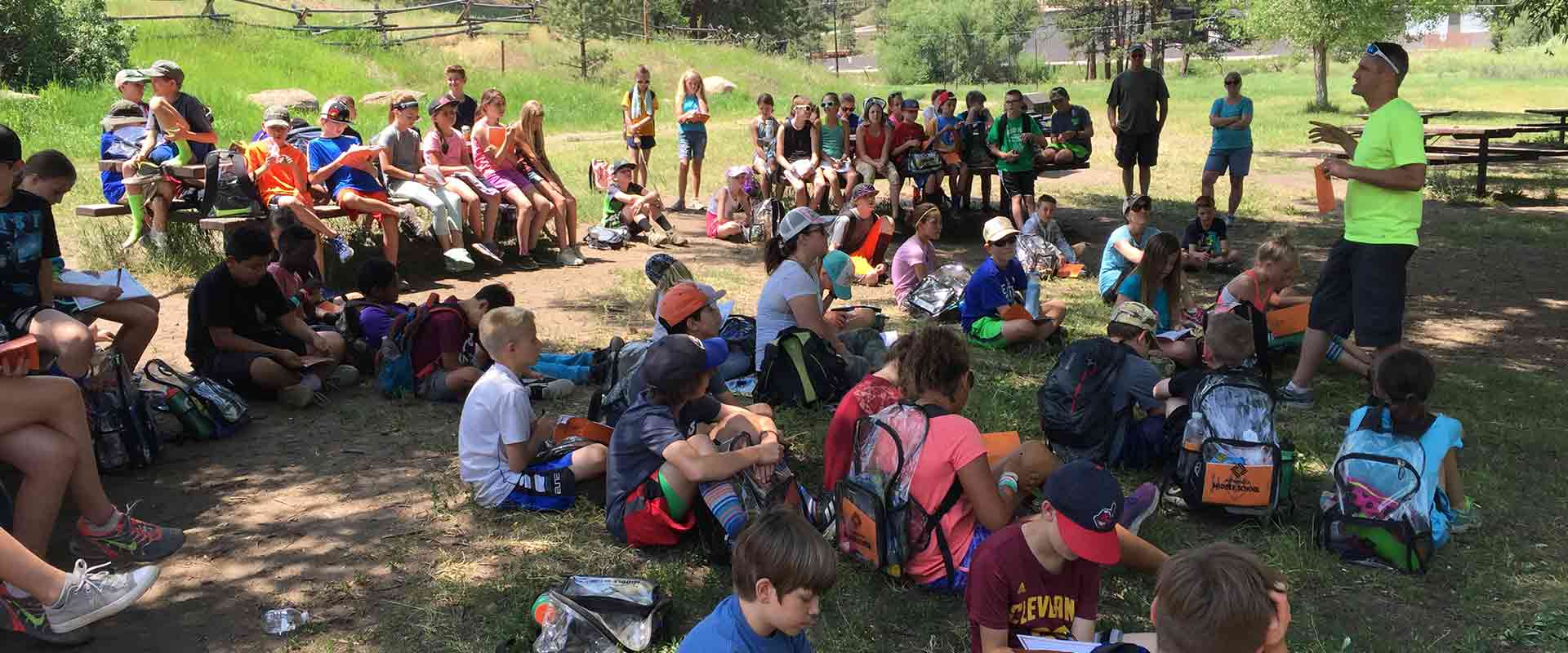
Make Time Your Friend and Plan a Retreat They’ll Never Forget
Planning a youth retreat or camp can be both exciting and challenging. It involves coordinating numerous details and extensive preparation, regardless of the group size. Mastering the essentials of location planning and logistics helps you create an unforgettable experience for your youth group that brings your youth group closer to God and each other.
By carefully selecting a camp location that offers a variety of activities and amenities, you can feel confident that the youth camp will cater to the group’s interests and needs. Additionally, paying attention to the logistics of transportation, accommodations, and meals will help everything run smoothly during camp. With proper planning and attention to detail, you can create a camp that your youth group will remember for years to come.
Here are some essential elements of planning your youth getaway:
Location Planning
Choosing the right location is the foundation of any successful youth camp. Stephen Boyer, high school pastor at the Mission Hills Littleton campus, provided some valuable insights into the timeline for effective planning. However, he emphasizes that there is more to it than just the timeline, “There are two big things that I think need to be instrumental in the planning of any big event: it’s time AND prayer.”
Here’s his suggested timeline for planning youth camps and retreats that are well thought out and impactful:
12-18 Months Before the Event
Start Your Location Search
Start your search for the perfect location and facilities early. Popular retreat centers and campsites can fill up quickly, especially during peak seasons. By securing your venue well in advance, you’ll have a wider range of options and potentially better rates.
Remember to seek God’s guidance through prayer when the search becomes challenging. As you pray, ask for wisdom and direction, trusting that God will lead you to the right place. Never forget you’re doing God’s work and lean on him and your community to help you overcome any uncertainties you may face during this process.
Consider Attendance Projections
When selecting a location, factor in your projected attendance. Youth schedules can be unpredictable, with summer camps often seeing lower turnout than winter retreats. Boyer suggests surveying your youth congregation about their availability and desire for a camp to gauge interest.
In a well-established youth group, Boyer says he can typically predict about 75% of the active youth group size will attend a summer or winter camp. That number varies widely among churches and often depends on the culture of the church body itself.
Consider Local Activities
Giving yourself plenty of time to carefully select a camp location means you’ll likely have several options rather than being forced into one because of availability. If you identify multiple camp locations suitable for your youth group, check out what amenities and activities are available.
Local activities can influence the development of the retreat’s theme and focus. In part two of Youth Camp Essentials: Creating Camp Programming with Impact, we explore how to form camp themes.
6-9 Months Before the Event
Set Your Theme and Programming
Your youth pastor and planning team should start working on the camp’s theme, what scripture to discuss, and the overall focus of the camp. Your location can influence these decisions, so consider how the surroundings and available activities align with your spiritual goals.
Begin promoting the camp and share the dates and location so students can start planning. Prayer and preparation are key essentials throughout the entire planning process.
4-6 Months Before the Camp
Begin recruiting your onsite camp team, whether paid or volunteer. This is the time to delegate responsibilities for creating camp activities and finalizing the program.
Logistics
Effective logistical planning ensures a smooth and enjoyable retreat experience. There are several areas to think through when you are planning a camp for your youth.
Transportation
Your budget will significantly impact transportation choices. If funds are limited, consider local venues to reduce travel costs. For distant locations, factor in the expenses of renting vehicles or organizing group transportation.
Meals
Determine whether the campgrounds offer catering services or if you’ll need to arrange meals independently. Budget accordingly and plan menus that cater to various dietary needs.
Fundraising
Consider the timeframe in which young people will need to raise or save funds to cover their cost at camp. Implement creative fundraising ideas such as online donations, crowdfunding, or community events to help offset costs.
Additional Considerations
- Develop a detailed packing list for participants. Many camp locations offer suggestions for what to bring and what to leave at home.
- Arrange for any necessary equipment or supplies. Make sure to plan for any athletic and activity equipment that may be needed as well as school supplies like writing utensils and notebooks.
- Plan for medical emergencies and ensure proper insurance coverage. It’s a good idea to recruit volunteers with emergency medical training to accompany your group. This could be a trained EMT, nurse or doctor. At a minimum, make sure you have chaperones that general first aid and CPR training.
- Create a communication plan for parents and guardians. Help ease parents’ minds by providing the appropriate channels to contact their student and offer opportunities for them to encourage their camper during the trip.
Tips for Success
- Make Time Your Ally: Start planning early to avoid last-minute stress and ensure the best options for your camp.
- Balance Your Schedule: Avoid overscheduling activities. Leave room for spontaneous moments, reflection, and community building. To dig deeper into making space for God and community for powerful youth camp read part two of Youth Camp Essentials: Creating Camp Programming with Impact.
- Embrace Flexibility: Be prepared to adapt your plans as needed. Remember, the more time you spend planning and preparing, the less stressful it will be to change plans if needed. During your planning, identify possible pitfalls and create contingency plans to mitigate them.
- Focus on Community: Create opportunities for meaningful interactions and relationship-building among participants. Camp is ultimately about creating relationships – with God and with each other. Make sure to provide time and space for that to happen organically.
- Incorporate Variety: Plan a mix of activities that cater to different interests and learning styles. It’s easy to focus on athletic and outdoor activities, especially at camp. Make sure to provide activities that incorporate a wide variety of interests.
If you follow these tips and start early, you’ll be well on your way to planning a youth camp or retreat that leaves a lasting impression. Remember, the goal is not just to fill time but to create an environment where young people can grow spiritually, build relationships, and make memories that will last a lifetime.
This article was written in collaboration with Stephen Boyer, the High School Pastor at Mission Hills. If you want to continue the conversation, you can contact him directly at sboyer@missionhills.org.
